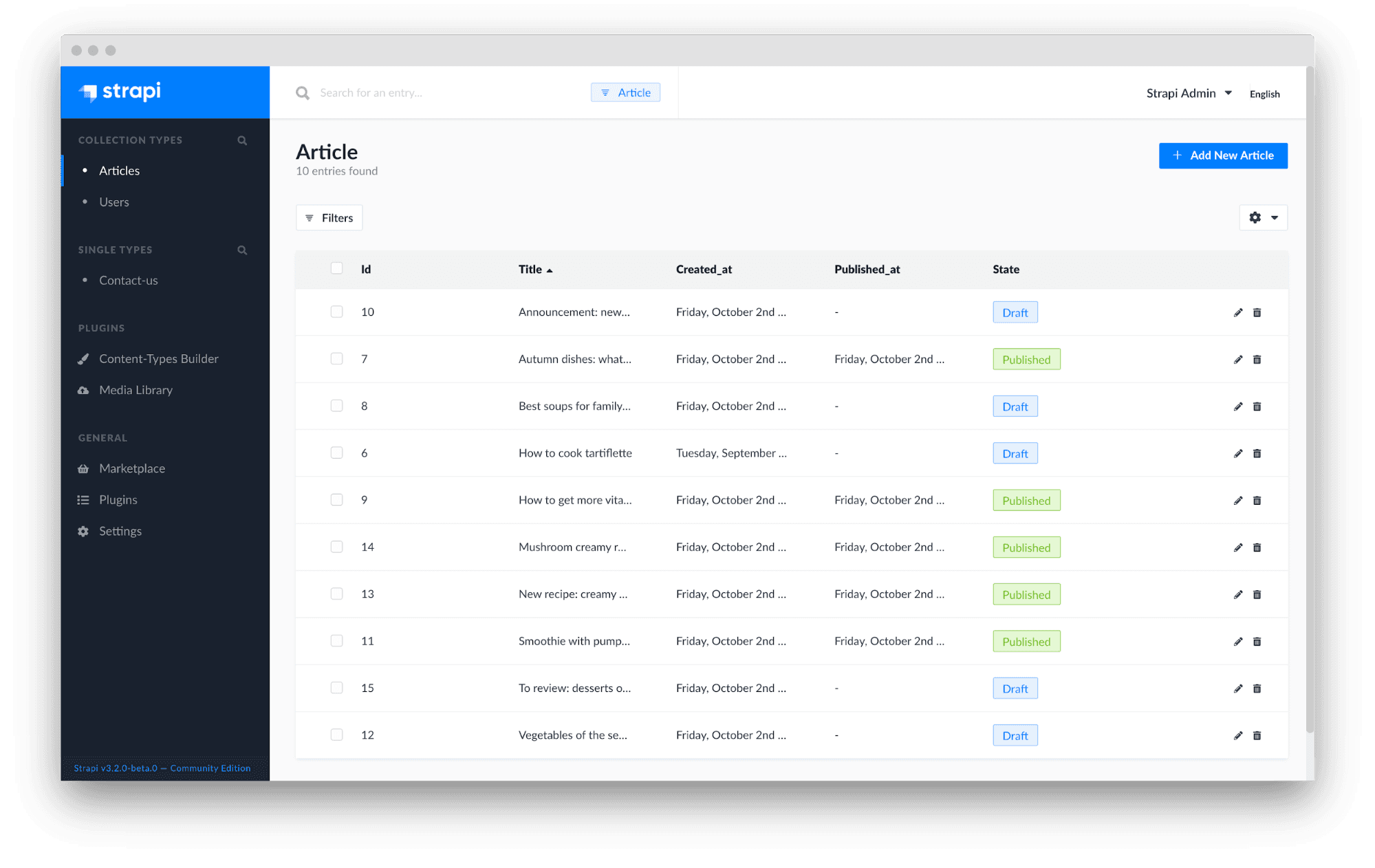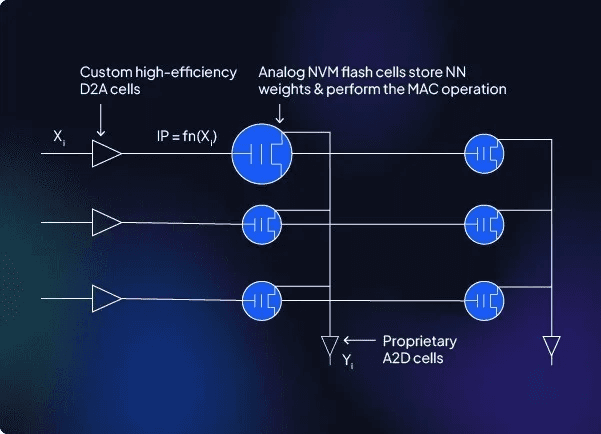Programming
CMS Comparison: GraphCMS vs. Strapi
CMS platforms
18. 8. 2024
GraphCMS vs. Strapi: A Comprehensive Comparison of Two Leading Headless CMS Platforms
In the rapidly evolving digital landscape, choosing the right Content Management System (CMS) is critical for businesses aiming to deliver engaging and dynamic content experiences. Among the myriad of options, GraphCMS and Strapi stand out as two of the most popular headless CMS platforms. Both offer unique features tailored to developers and content creators alike, but how do they stack up against each other? This article provides an in-depth comparison to help you decide which platform is best suited for your needs.
What is a Headless CMS?
Before diving into the specifics of GraphCMS and Strapi, it’s essential to understand the concept of a headless CMS. Unlike traditional CMSs, which couple the backend and frontend, a headless CMS decouples the content repository (“body”) from the presentation layer (“head”). This separation allows developers to deliver content via APIs to any frontend framework, making it a versatile solution for omnichannel digital experiences.
Overview of GraphCMS
GraphCMS is a GraphQL-native headless CMS designed to enable content creators and developers to create and manage digital experiences at scale. It emphasizes flexibility and performance, particularly in content-rich applications like e-commerce, gaming, and publishing.
Key Features of GraphCMS
GraphQL API: As its name suggests, GraphCMS is built around GraphQL, a query language for APIs that allows clients to request only the data they need. This leads to more efficient data retrieval and a better overall performance.
Content Localization: GraphCMS supports multiple languages and locales, making it ideal for businesses with a global audience.
High Scalability: GraphCMS is built to handle large-scale content operations, making it suitable for enterprises with extensive content needs.
Webhooks and Integrations: It offers built-in webhooks and integrations with popular tools like AWS, Vercel, and Zapier, facilitating seamless workflows.
Collaborative Editing: Multiple users can work on the same content simultaneously, improving team productivity.
Pros of GraphCMS
Performance: The GraphQL-first approach ensures that the CMS is fast and responsive.
Extensibility: GraphCMS allows developers to extend its capabilities using custom logic and integrations.
Ease of Use: The user interface is intuitive, making it easy for content editors to manage content without deep technical knowledge.
Cons of GraphCMS
Learning Curve for GraphQL: While powerful, GraphQL has a learning curve, which might be challenging for teams unfamiliar with it.
Cost: GraphCMS can become expensive, particularly for large teams and high-traffic applications.
Overview of Strapi
Strapi is an open-source headless CMS that allows developers to easily create, manage, and distribute content across any platform. Known for its flexibility and developer-friendly environment, Strapi is a popular choice for both startups and large enterprises.
Key Features of Strapi
REST and GraphQL APIs: Strapi offers both RESTful and GraphQL APIs, providing flexibility in how content is delivered to different frontends.
Customization: Strapi is highly customizable, with a plug-in architecture that allows developers to extend the CMS’s functionality as needed.
Self-Hosting: As an open-source solution, Strapi can be self-hosted, giving businesses complete control over their data and infrastructure.
Role-Based Access Control (RBAC): Strapi offers robust user management features, including role-based permissions, ensuring that only authorized users can access or modify specific content.
Community Support: Being open-source, Strapi benefits from a large and active community, which continuously contributes to its development.
Pros of Strapi
Flexibility: Strapi’s open-source nature and customization options make it a highly adaptable CMS for various use cases.
Cost-Effective: As an open-source platform, Strapi can be more cost-effective, especially for businesses with the capability to self-host.
Rich Ecosystem: The plugin ecosystem and community support provide a wealth of resources for developers.
Cons of Strapi
Self-Hosting Overhead: While self-hosting offers control, it also requires more resources and expertise to manage.
Performance: Depending on the hosting setup, Strapi might require more optimization to match the performance levels of hosted solutions like GraphCMS.
Complexity: While flexible, Strapi’s extensive customization options can lead to increased complexity, especially for teams with limited technical experience.
GraphCMS vs. Strapi: Head-to-Head Comparison
1. Ease of Use
GraphCMS: Offers a more polished user experience out of the box, with a focus on simplicity and intuitiveness for content editors.
Strapi: Provides greater flexibility and customization but may require more setup and technical expertise to fully leverage its capabilities.
2. Customization and Flexibility
GraphCMS: While extensible, it’s less customizable than Strapi due to its SaaS nature.
Strapi: Highly customizable with a plugin system that allows for extensive modifications and integrations.
3. Scalability
GraphCMS: Built for scalability, ideal for large enterprises with high content demands.
Strapi: Can scale effectively, but requires careful planning and resource allocation, particularly for self-hosted deployments.
4. Performance
GraphCMS: Excels in performance due to its GraphQL-first architecture and optimized infrastructure.
Strapi: Performance can vary depending on the hosting setup and requires more hands-on management to optimize.
5. Cost
GraphCMS: Premium pricing for enterprise-level features, which can add up for large teams.
Strapi: More cost-effective, especially for self-hosting, but with additional overhead for infrastructure management.
Conclusion: Which CMS Should You Choose?
Choosing between GraphCMS and Strapi depends largely on your specific needs and resources. GraphCMS is an excellent choice for businesses seeking a high-performance, scalable solution with minimal setup and management overhead. Its GraphQL-native approach makes it particularly suitable for content-rich applications requiring efficient data querying and management.
On the other hand, Strapi is ideal for teams that prioritize flexibility and control, especially those with the technical expertise to manage a self-hosted solution. Its open-source nature and customization options make it a powerful tool for developers looking to tailor their CMS to specific project requirements.
In summary, if you need a ready-to-use, high-performance CMS with enterprise features, GraphCMS is the way to go. If you prefer an open-source, customizable solution with greater control over your infrastructure, Strapi will likely be the better fit.
Whichever you choose, both platforms are capable of delivering robust, headless CMS solutions that can power modern, dynamic digital experiences.
For our Services, feel free to reach out to us via meeting…
Please share our content for further education


